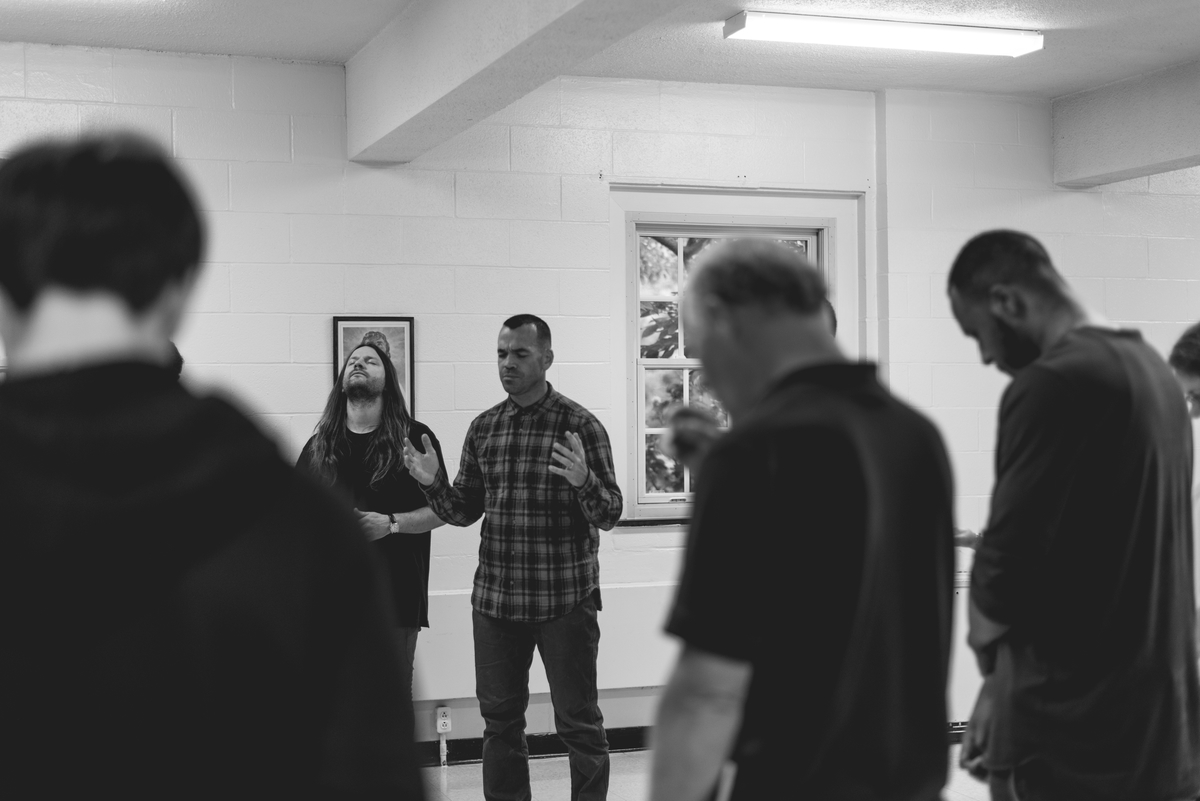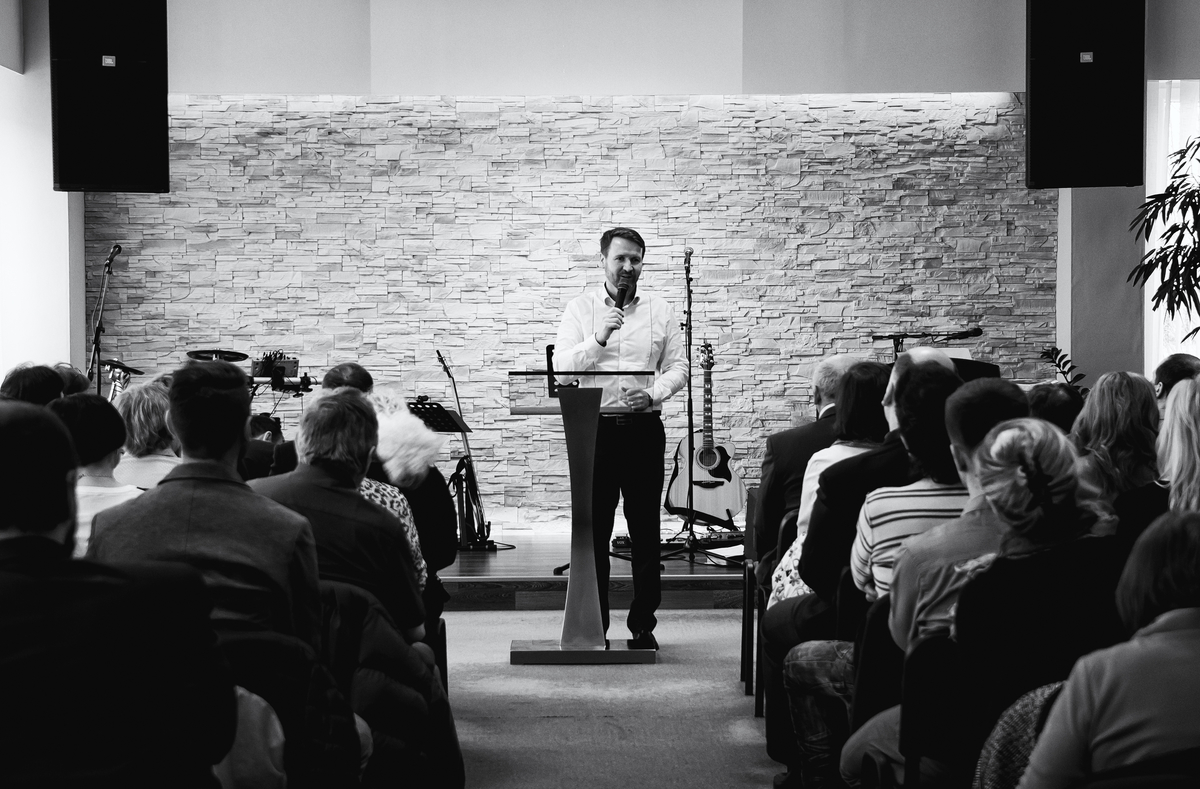When I first became a pastor, I never expected to teach a sermon on gender dysphoria. The term was not in my vocabulary and the subject was not on my radar. In all my seminary classes, it was never addressed, and we were never taught how to think or teach about the transgender movement. Because of the number of questions that I received as a pastor, I knew I would need to address it (you can read that blog post here), but I wanted to do all I could to do so with both grace and truth—following the example of Jesus. Jesus is not 50% grace and 50% truth; He is full of both grace and truth.
Because we (the team I serve alongside) want to apply God’s truth and grace to people’s hearts in community and walk alongside those who are struggling, we believe this subject (and others too) requires more than a sermon. We also wanted to wanted to teach our teenagers, offer discussions about applying the message, and have groups for parents who have questions. Other church leaders have asked me about the work behind and before the sermon. It happened in four phases, and I am passing them along to you in hopes of being helpful:
Clarify the theological understanding.
The work began with the establishment of a position paper on God’s view of gender. A team of pastors developed the paper (alongside some other papers) and our Directional Elders spent two days on a retreat finalizing the approval of our positions. Theological position papers do NOT shepherd people; they are positions you shepherd people from. When someone is struggling, they don’t need a position paper emailed to them; they need compassionate conversations and the truth applied to their hearts. Still, you must do this work so that when you ask people to lead groups and shepherd others, you are confident the leaders are on the same page theologically.
Teach key leaders.
After our position papers were established, we taught those positions to our pastors, our staff, and our Shepherding Elders and their wives. We also read through books with our whole staff: Confronting Christianity by Rebecca McLaughlin and Love Thy Body by Nancy Pearcy. Reading together increased our confidence and ability to converse on these subjects.
Build plans for care.
How are we going to help those who have questions? What can we offer those who want more content on these subjects? What about parents who would like to be in a support group? We thought in two large follow-up buckets: seminars and support groups. Seminars are places people can go to get more teaching and support groups are places where people can be in community and receive care.
Finally, teach.
When you have done all the previous work, you find you are teaching with a lot of confidence. You know you will take hits, that some will disagree with you, that some will think you are too gracious and others will think you are too strong. But you will know you have done the work, prayed and fasted, and heard from God, and that you can rest in the goodness of God’s Word. Jesus, the Living Word, is full of grace and truth. And the Scripture, the written Word, is also full of grace and truth. Teach with confidence that God’s Word will not return void and that it is good for the people you shepherd.





